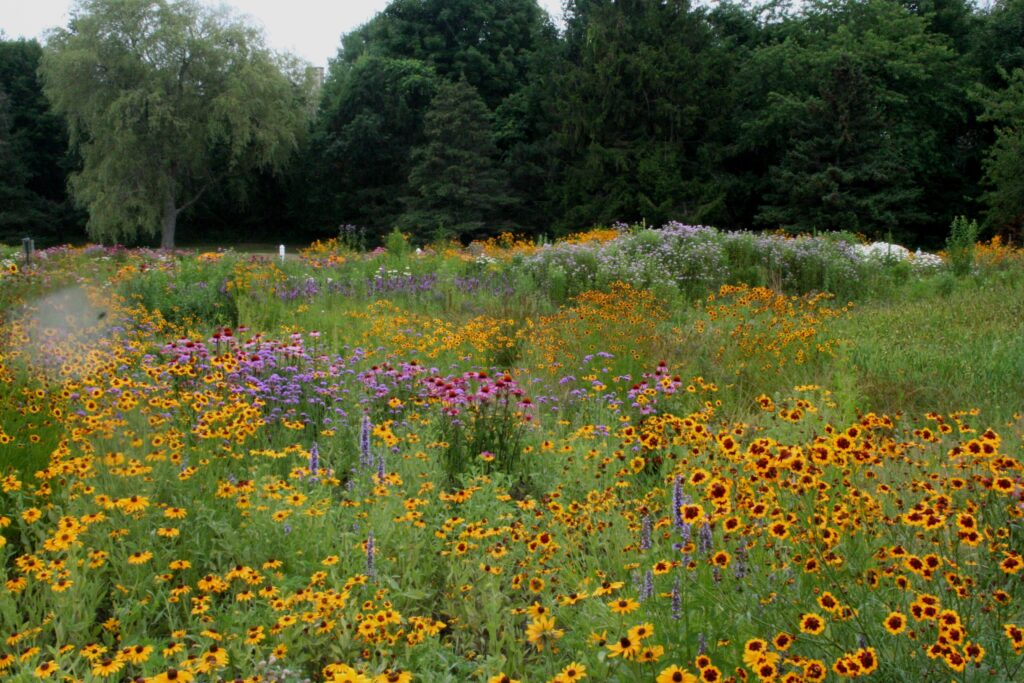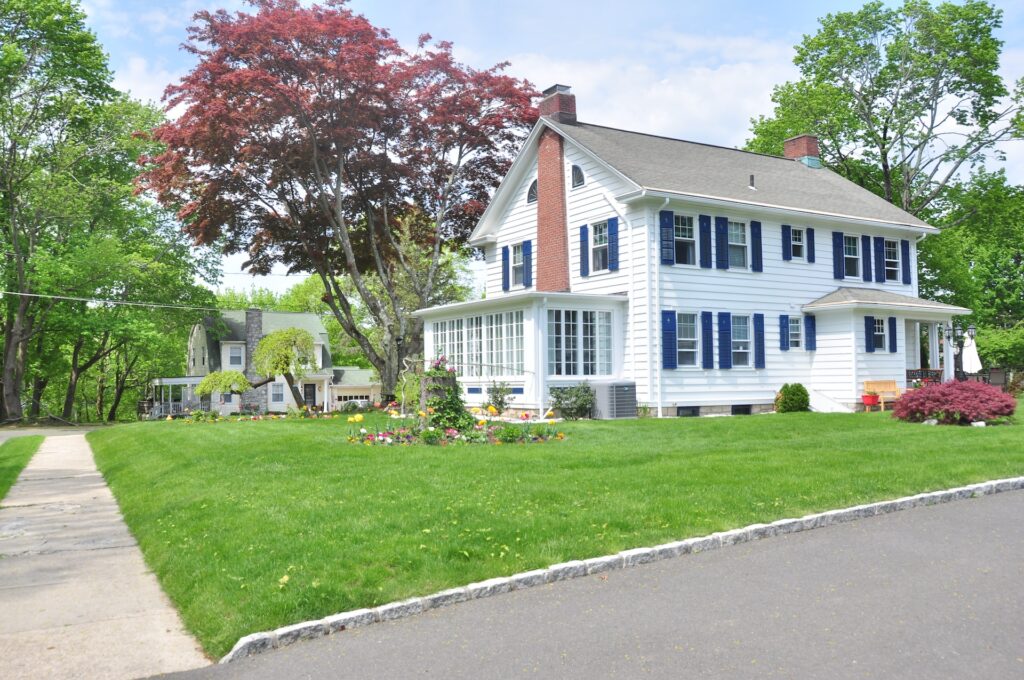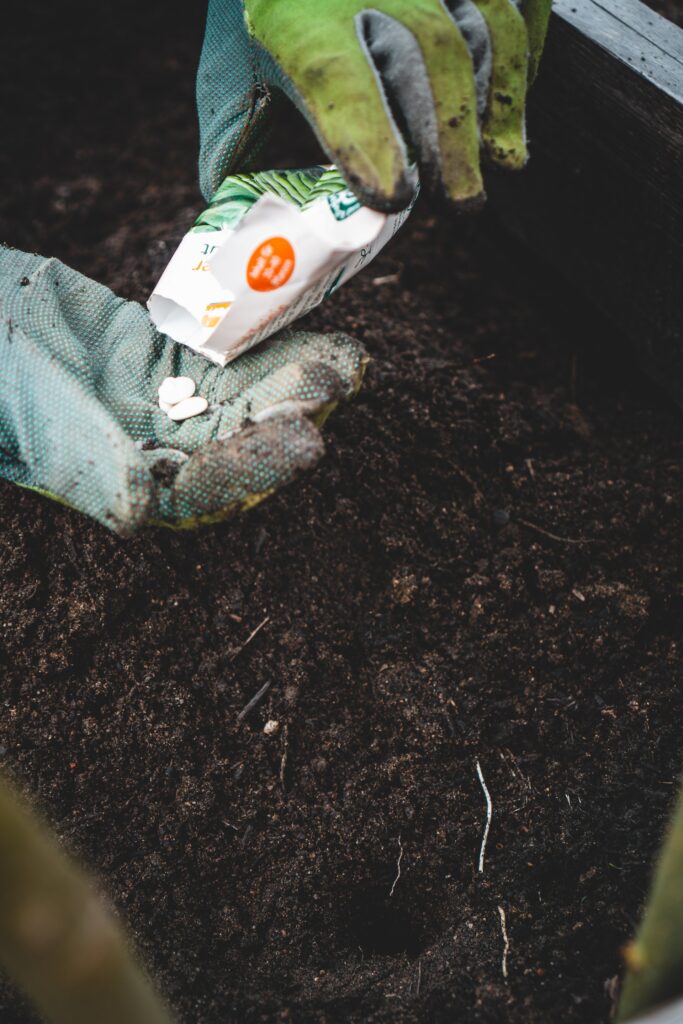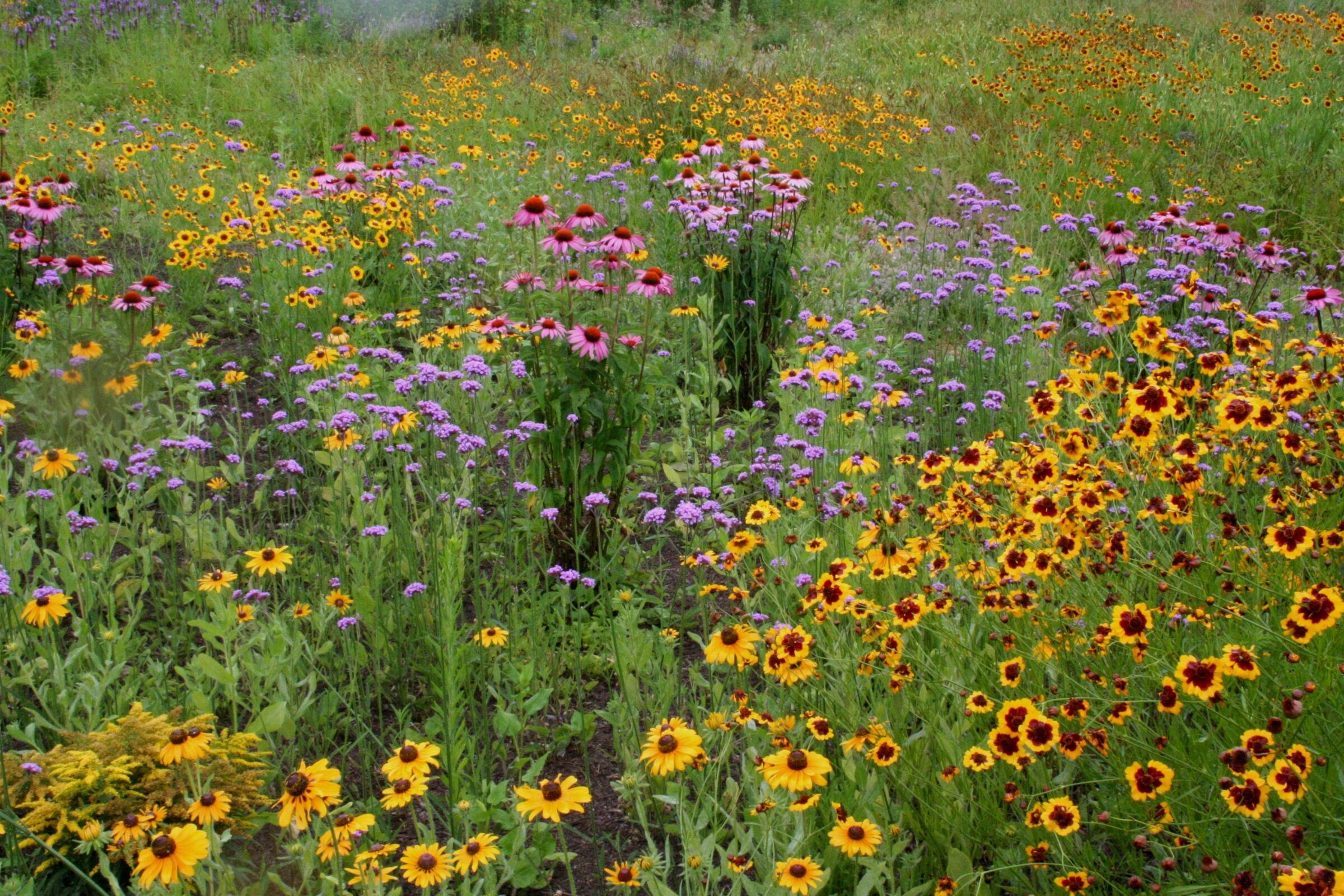Summer has nearly come and gone; did everyone get to have some fun out in the sun? Even if you didn’t, hopefully you were able to see some of the bright green trees from out your window! There’ll be even more beauty to catch from the comfort of your home in the fall, but for now we’ve got other matters to press.
Back when Spring first came into bloom, we made a few posts on our social media advising folks to cut back on their sprinkler use during the season. We mentioned that, even though we all enjoy a nice green lawn, there’s ways to have it while saving water. But what if you don’t enjoy having that lawn? What if it’s actually a bit of an eyesore? What if the stench of chemical pesticides sprayed on top of it every time your neighborhood landscapers come through is starting to get to you? That last part might be a bit of a projection, but the point remains that if you’ve got space in front of your home, there’s a million things you could do with it that’d be prettier, and better for the environment than a lawn. The process of pulling up that lawn and replacing it with something just a bit more helpful to the local ecosystem is called Rewilding.

What is Rewilding?
Rewilding is something of a blanket term that can refer to a number of processes, but for our sake today, it’s the process of replacing a lawn with local and native plants to support pollinator colonies. A lawn has just about one use and it’s to look nice for a HOA, not even local deer can enjoy munching on it with all the pesticides they tend to need. Rewilding then seeks to use all that wasted space to create a miniature ecosystem right in your front yard, utilizing local flora to attract and support local pollinators as well as some of the bigger fauna on the island.
Rewilding is also something entirely different to just leaving your lawn to grow unchecked. Letting the kind of grass most of us have just grow without trimming is an open invitation for ticks and mites to settle into your yard, which none of us want. Rewilding is instead the process of completely removing your lawn, so that the space can be used more efficiently.
By planting small shrubs and flowers where there was once a lawn, pollinator species will have a much easier time gathering the resources they need to survive and thrive, though it’s important to recognize that bees aren’t the only pollinators on the island. Wasps, hornets, and even flies all pollinate different plants on the island too, and if you don’t want whole swarms of them in your yard, it’s important to pick your plants and seeds carefully, and to know which are pollinated by what.
How to Start.
The very first step to rewilding your lawn is to check if you’re even allowed to do so. Those living under especially restrictive HOAs may not be permitted to have anything but a ½ in cut lawn in their front yard, and we’d hate to leave any of our supporters with fines (unless defying your HOA is a hobby of yours, in which case stick it to ‘em). Certain communities may also share a contract for landscaping services, which you’ll want to get yourself out of as to avoid damage to your new yard.

Your typical lawn with some flourishes
Photo by I Do Nothing But Love on Unsplash
Once you’ve cleared the prefatory hurdles though, you’ll need to start removing the lawn. There’s not exactly a single species of grass shared by the suburban nightmares of LI, and if you didn’t plant your lawn yourself, you’re not likely to even know what kind of grass you have. That said, no matter your grass, removing it is a fairly simple process. In fact, if you already contract landscapers for lawn care, you can likely just pay them to remove your lawn if the process is too much of a hurdle for you. If you enjoy having your hands in the dirt though, a tool like a tiller or sod cutter won’t exactly make short work of it, but it’ll be a lot faster than doing it with a shovel.
Planning it out
The next step before going any further, is getting a rough idea of how you’ll want your new yard to look. Consider taking some photos of your yard, or grabbing one off of google earth so you can have an easy diagram to work with and draw over. Consider what plants you’d want where, consider walkways or any decorations and where they would go. Maybe even consider going for a theme with it! There’s a lot you can do with a green space when you’re not worried about that 1 inch limit, so get creative with it and try different ideas!
Once you have a layout decided, it’s time to actually buy your new plants. Every plant you get for your yard should be native to your area, in our case Long Island, so that the local pollinators can benefit from it. There’s a lot more to consider even when you narrow down the selection like that though. Buying seedlings or shrubs already grown will be the fastest and easiest way to reach your goal, but it’s going to be far more expensive. Seeds alone on the other hand will be a long process that may not bear fruit if you don’t have experience growing form seed. It can take years for some small shrubs to grow large enough to cover land after all. Ideally you would want to go for a split between the two in favor of seedlings. Knowing how everything will look and being able to see the spacing between everything will be important in the long run.

Photo by Jonathan Kemper on Unsplash
On the topic of the long run, this is very much so a marathon more than a sprint. Your new yard isn’t going to be the prettiest at first, especially if you’re more used to the vibrant green that a lawn typically provides. Especially in the winter months you’ll be dealing with an especially barren looking space, but given time and care you’ll find there’s so much more to be done with your space than we’re left to believe. Not to mention the space you’ll clear up by getting rid of that old noisy lawn mower.
Those of us privileged enough to own a home tend to waste the space we have much of the time. A clean and vibrant front lawn might look nice up against a dozen other identical lawns, but what does it do for us? The damage that pesticides and herbicides do just to keep a green lawn can be devastating to ecosystem, and that space is better used for quite literally anything else. We hope you will consider then the prospect of rewilding, not just as a way to beautify your space, but as a way to help support your wild neighbors on the island.
By Andrew Wong, Long Island Pine Barrens Society


